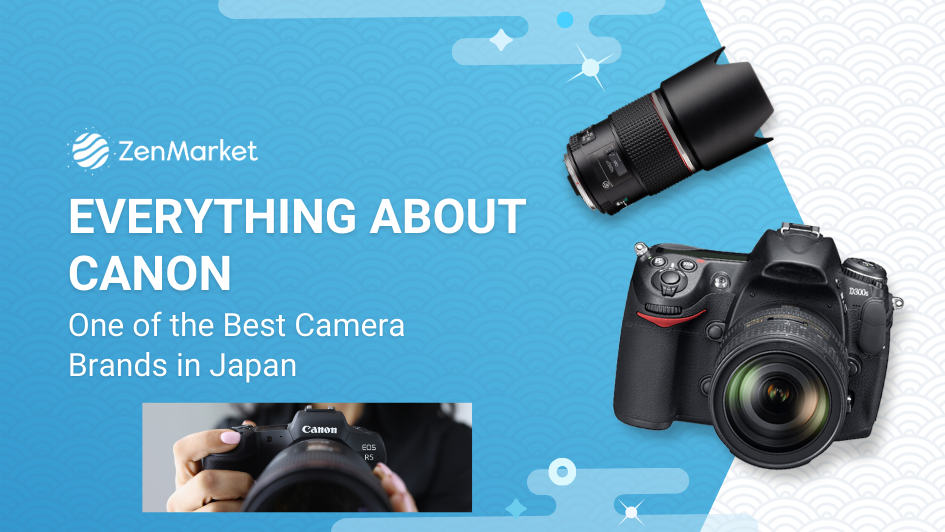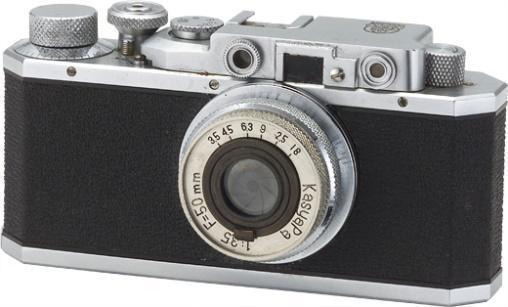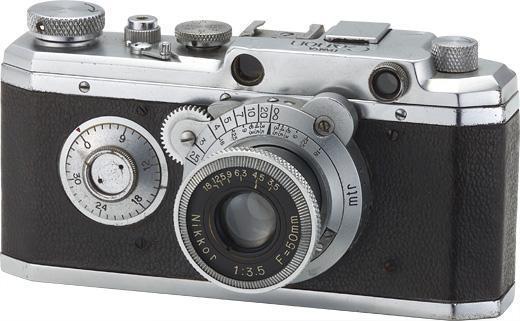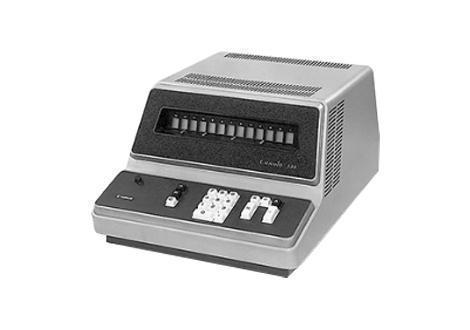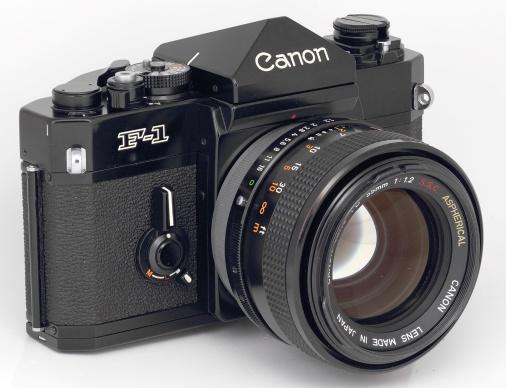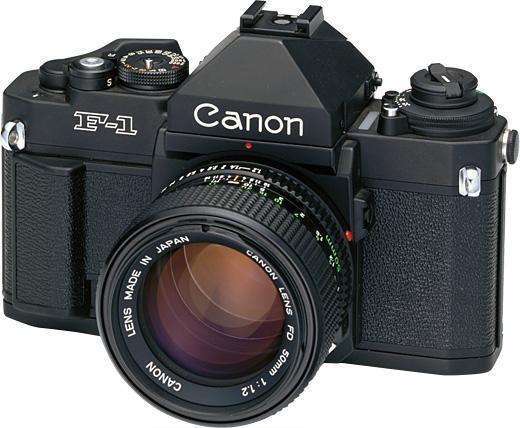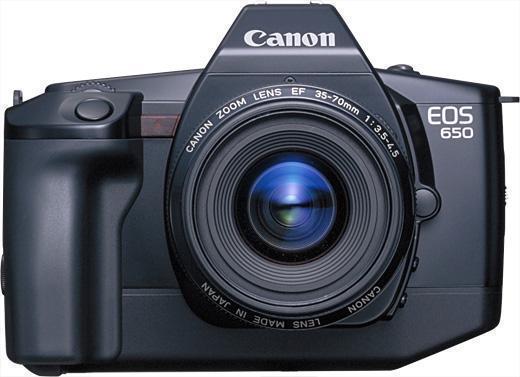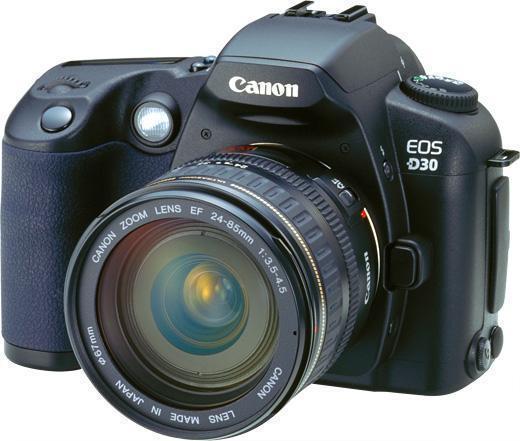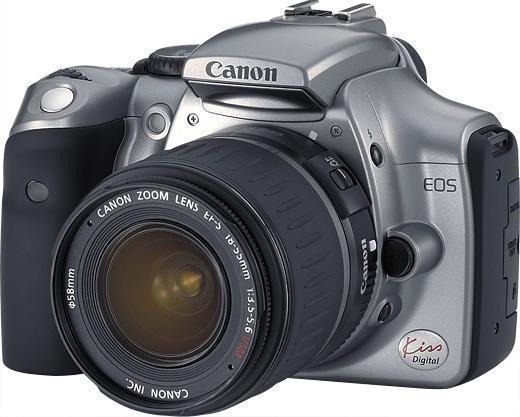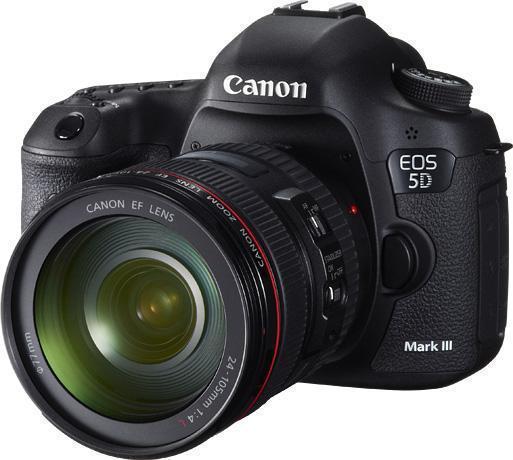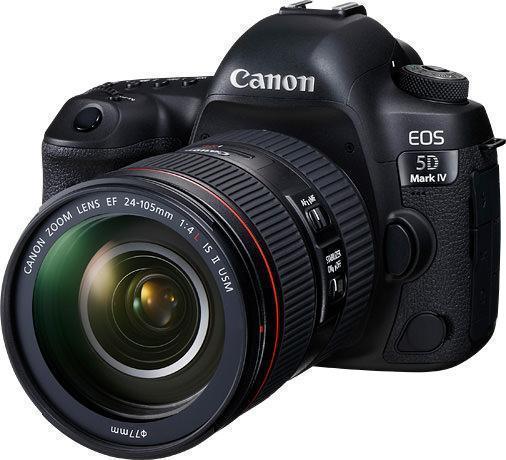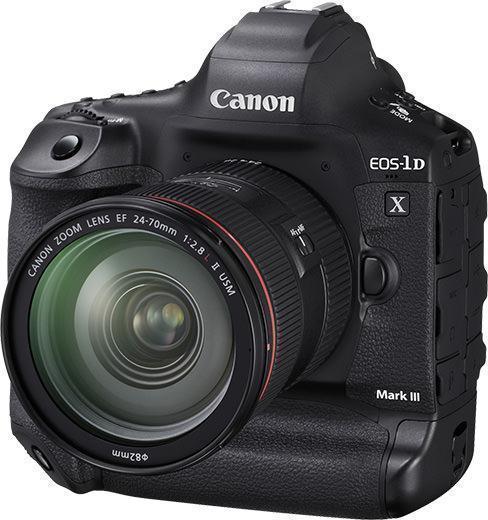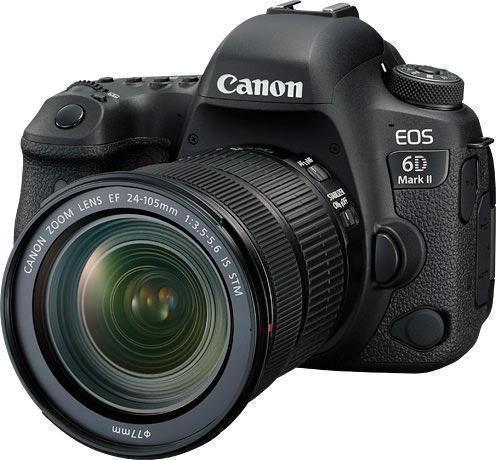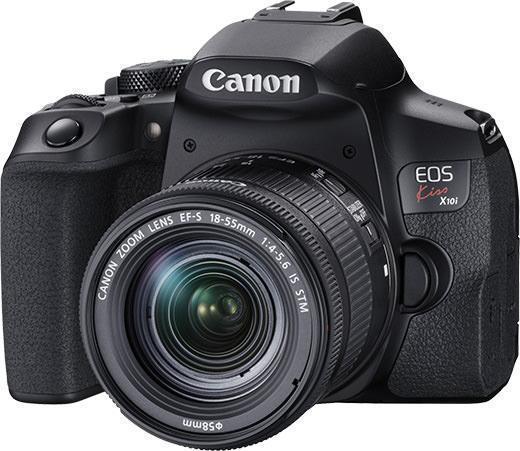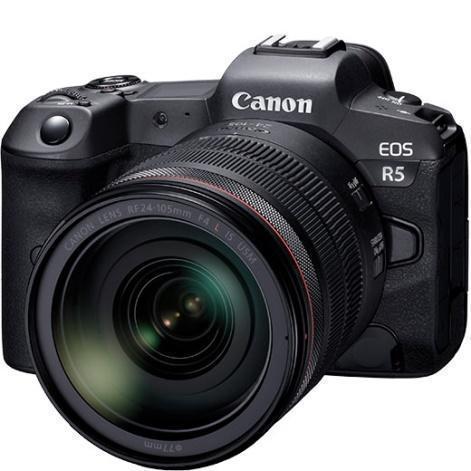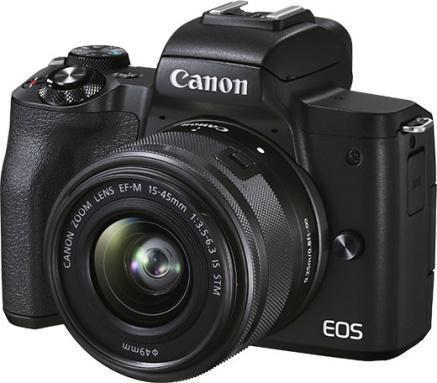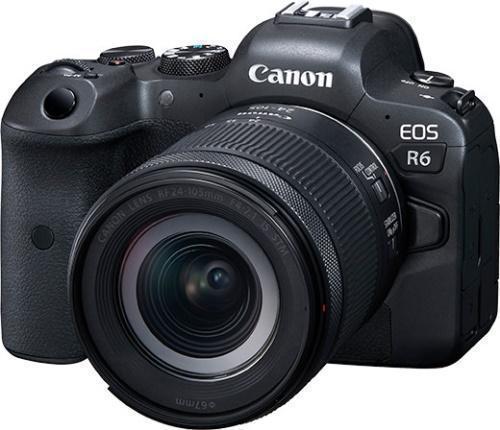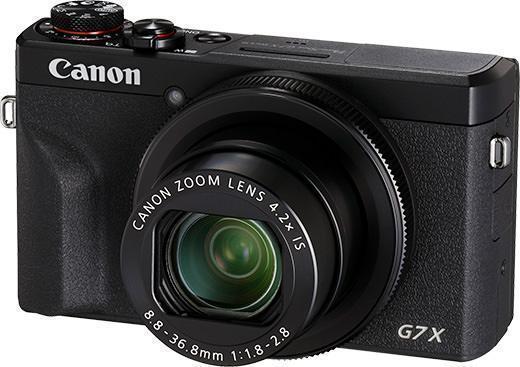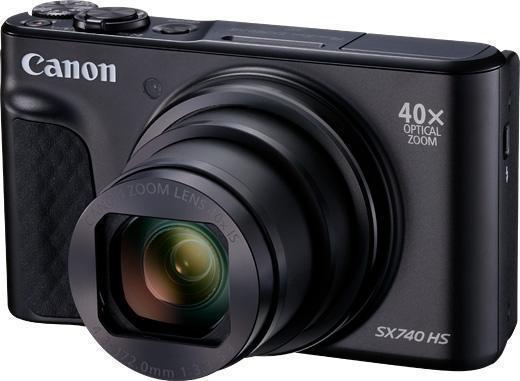[ad_1]
HISTORY AND DEVELOPMENT
Canon is a brand that you’re probably already familiar with. After all, they make everything from printers, cameras, and medical equipment, so there’s a good chance you’ve come across their products at some point.
The company got its start in Tokyo, in 1933 as the Precision Optical Instruments Laboratory. Its founders Takeshi Mitarai, Goro Yoshida, Takeo Maeda, and Saburo Uchida aimed to research and build high-quality cameras, and by 1934, had come up with their first camera prototype, the Kwanon.
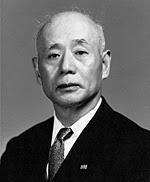 |
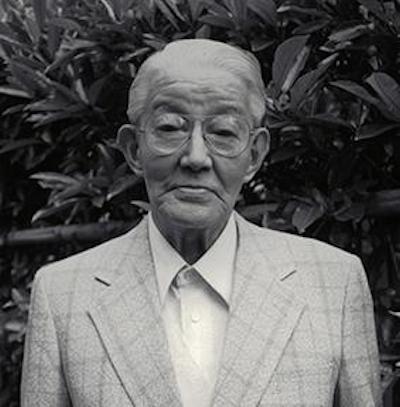 |
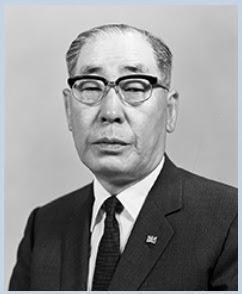 |
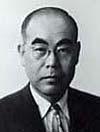 |
| Takeshi Mitarai | Goro Yoshida | Takeo Maeda | Saburo Uchida |
Named after the Buddhist bodhisattva of mercy, the Kwanon, was a 35 mm range finder camera that featured a focal plane shutter. It had the distinction of being Japan’s first camera of this type.
Kwanon Prototype
In 1936, Canon released the Hansa Canon. This was their first commercial product and was based on the Kwanon prototype they’d developed a couple of years before. The Hansa Canon wasn’t particularly feature-rich but it featured advancements derived from the Kwanon model as well as from another company, Nippon Kogaku, that we now know as Nikon. This camera is significant because it was much smaller than the typical cameras of the time, paving the way for the development of more mobile, more versatile cameras.
Hansa Canon
The company also opted to change the name of the product to Canon because it realized that the word “Kwanon” may present challenges in some foreign, non-Buddhist markets. Canon was selected as it was close enough in pronunciation to Kwanon that the transition wouldn’t be too drastic. Also, the word connotes scriptures and standards which were good stand-ins for the company’s commitment to precision and quality. This name change would set the stage for the revamp of their corporate identity.
In 1937, the company changed its name from Seikikōgaku kenkyūsho (Precision Optical Instruments Laboratory) to Precision Optical Industry, Co., Ltd. It would operate under this name until 1947 when it formally changed to Canon Camera Co., Inc. Today, the company is known as Canon, Inc. and has operations in more than 160 countries and regions.
While the company got its start making cameras, it diversified fairly quickly. Beginning in the 1960s, Canon branched out into office machines, optical devices, medical devices, and industrial components. To this day, they continue to produce a vast amount of technological products that impact global business, medicine, industry, entertainment, and the arts.
Canon has come up with a multitude of products over the years, so it won’t be feasible to go over every one of them. However, here’s a general timeline of Canon’s product development history:
-
1930s and 40s — This period served as an incubator for the global giant that Canon was to become. It was during this time that they began camera development and manufacturing
-
1950s — Camera research and development expands, and manufacturing begins in earnest. New camera models are introduced, particularly the Canon II, III, and IV series.
-
1960s — This period saw Canon branching out into office equipment while continuing to expand its camera lineup. Among the products introduced during this period were calculators and copiers.
Canola 130
- 1970s — This decade saw Canon enhancing its camera offerings even further with the introduction of new SLR (single lens reflex) models like the F1 along with FD mount lenses.
Canon F-1
They also continued to enhance their business machine offerings with more advanced copiers, printers, and even productivity tools like readers for the visually impaired, and tape writers for people with speech impediments.
- 1980s — The 80s saw even greater advancements in Canon’s products. It was, after all, the dawn of the computer age, so there were new and exciting things on offer like the New F1 professional camera system. There were also word processors such as the Canonword 55, ultra high-speed copying machines, and many more.
New F-1
It’s worth noting that the EOS system was launched in 1987, and the EF mount lenses that were produced then—assuming they still work— can still be used on EOS cameras today.
First EOS Camera
- 1990s — By now, the world was moving into the digital age, and Canon’s products were no exception. Digital cameras, in particular, were at the cusp of becoming mainstream and this development would profoundly affect the photography industry. Still, the development of EOS SLR film cameras continued, but it wouldn’t be long before digital cameras would take center stage.
Other Canon products that came out during this time were multi-function printers, fax machines, and document scanners.
- 2000s — The turn of the century was an exciting time as digital tech was now quite commonplace. The EOS line of cameras was also following suit starting with the EOS D30 in 2000, and the high-end EOS 1-D professional full-frame camera.
First EOS Digital SLR
Smaller, more affordable, EOS DSLRs were also introduced in this decade starting with the EOS 300D. This camera is compatible with every EF lens made but features a smaller APS-C sensor and was thus, priced much lower.
EOS 300D/Kiss Digital
This brought the EOS line closer to serious amateurs who wanted high-level performance without having to spend as much.
Other Canon products available during this time were the Digital Ixus (Elph in some regions) line of compact cameras, large format printers, inkjet printers, and broadcast lenses.
- 2010s — As the megapixel wars raged, camera manufacturers kept bumping up their megapixel counts to keep ahead of the competition. Canon was no different. From the 18 megapixels of the entry-level 550D, to the 5D Mark III’s 22 megapixels, counts continued to climb. By the end of the decade, even their basic DSLRs had megapixel counts of more than 20.
EOS 5D Mk 3
Even consumer-grade Canon cameras continued to evolve despite declining demand. The Powershot series, in particular, was quite popular because of its advanced features and larger image sensors.
Other products available during this time were professional 4K monitors, PIXMA printers, and machine vision systems.
- 2020s — While DSLRs were at the top of professional and serious amateur wishlists before, the 2020s gave this market segment an equally powerful alternative — the mirrorless camera. These cameras, despite being significantly smaller, are every bit as capable as DSLRs and far easier to carry around. This made them a logical choice for photographers who valued mobility.
Canon cameras are at the forefront of mirrorless technology and there’s a whole range of them available for just about every budget. They have a wide complement of accessories, too, so versatility won’t ever be a problem.
That being said, don’t count Canon DSLRs out just yet. These cameras are still on the cutting edge and are supported by decades worth of lenses and accessories. As such, they continue to be favored by many photographers and will be around for the foreseeable future.
Aside from high-end cameras, Canon continues to market compact cameras to those who aren’t camera enthusiasts—yet. With their advanced features and larger sensors, these Canon cameras are more than a match for even the best camera phones, and more often than not, these cameras inspire users to level up to more advanced equipment.
Also Read: BEST VALUE RETRO JAPANESE CAMERAS
TOP CAMERA PRODUCTS
Canon, Inc., is present in many industries, but cameras are what it’s known for. The company’s contributions to the field of photography are vast so it’s, no surprise that they’re at the top of the industry. They have something for everyone, from professionals to serious amateurs, and even the average man on the street. Granted, its top-tier cameras and accessories are priced to match, but there are also Canon cameras that won’t break the bank. Here’s a look at some of Canon’s best-selling cameras:
DSLR
- EOS-5D Mark IV — This platform has been around for some time now, but it remains at the top of the Canon DSLR pile. The versatile 5D series has always been a top choice for serious photographers and the Mark IV is no different. Despite being almost eight years old, this product is still generating enough demand to be kept on the shelves.
EOS 5D Mk IV
- EOS-1D X Mark III — The EOS 1D line has always been the weapon of choice for professionals and the EOS-1D X Mark III is no exception. It is currently the flagship of the Canon DSLR line-up, and it incorporates class-leading features like a 500-000 cycle shutter, exceptional weather and dust proofing, the ability to shoot in 10-bit HEIF, and the highest levels of color reproduction and noise reduction.
EOS 1DX Mk III
- EOS-6D Mark II — If you’re stepping up from crop sensors to full-frame, then this camera would be a good start. So good, in fact, that you probably won’t need anything more. As far as DSLRs go, the 6D Mark II is quite advanced and is imbued with impressive photo and video capabilities that will stay relevant for a long time to come.
EOS 6D Mk II
- EOS Rebel T8i (EOS-850D) — While considered entry-level, this camera is anything but basic. The Rebel T8i is a major step into more serious photography as it has features that no compact or phone camera can match. It incorporates technology found on more advanced Canon cameras, and like any other EOS DSLR, can make use of the full range of EOS lenses and accessories. The Rebel T8i is a great learning tool for those wanting to venture deeper into photography but is more than capable of producing masterpieces in the right hands.
EOS 850D
Mirrorless
- EOS R5 — If you’re in the market for a high-end, mirrorless camera with all the bells and whistles, then the EOS R5 might be right for you. With this camera, you get a 45-megapixel full-frame CMOS sensor, an electronic focal-plane shutter, a wide shutter speed range, in-body stabilization, and 8K video recording, to name a few.
EOS R5
- EOS M50 Mark II — This camera is geared toward vloggers and enthusiasts and it doesn’t disappoint. Its APS-C crop sensor boasts 24.1 megapixels and delivers crisp, detail-rich images that can be polished into display-worthy masterpieces. On the video side, this camera records in resolutions of up to 4K, making it more than adequate for creating vlogs and other video projects.
EOS M50 Mk II
- EOS R6 — This camera is perfect if you want a full-frame mirrorless but don’t want to shell out for the 45-megapixel R5. The R6 comes with a lower-resolution 20-megapixel sensor and is priced significantly lower than the R5. However, it has most of the features of its stablemate so it’s just as capable in many aspects.
EOS R6
Unlike EOS DSLRs that use EF mounts, Canon mirrorless cameras come with either RF or M mounts, so EF lenses will not fit directly. For EF lenses to work, you’re going to need an EF to RF adapter for R bodies, or an EF to M adapter for M bodies.
Compact Cameras
Camera phones have improved considerably over the years, and now have features that allow them to take very high-quality images. Still, it’s important to consider that they’re phone first, camera second, so they’re somewhat limited in what they can do. The physical size of the sensor, for instance, is a big deal when it comes to producing quality images, so the tiny sensors installed in most smartphones simply fall short when compared to dedicated platforms like compact digital cameras.
Here are a couple of Canon’s best-selling digital compacts:
- PowerShot G7X Mark III — This rugged camera from the G series has proven to be very versatile and is a popular choice for many non-enthusiast consumers. It comes with a 20-megapixel sensor, can shoot video in 4K, and can even live stream when connected to Wi-Fi. This camera is as easy to use as a point-and-shoot but it does have manual controls should you want to try your hand at creative photography.
PowerShot G7X Mk III
- PowerShot SX740 HS — If you’re after a camera that’s small and easy to carry around all day, then this might be the one to get. Don’t let the size fool you, however, this camera packs a serious punch. Aside from a generous 21-megapixel sensor, the SX740 also has 40X optical—not digital—zoom. This means you can pull your subjects in from far away while still retaining a decent amount of quality.
PowerShot SX 740 HS
Also Read: A GUIDE TO HISTORY OF JAPANESE CAMERAS
OTHER PRODUCTS
Canon is best known for its cameras but, it maintains a solid presence in other industries. Here are some of the non-camera products that Canon makes:
Office & Home Products
Medical Devices
Industry Use
FINAL THOUGHTS
Canon is a global leader in the industrial, commercial, consumer, and creative fields, and its innovations have driven advances in these spaces for decades. As it continues to move forward, we can expect better, more powerful machines that will allow us to achieve more and more.
This is particularly true for imaging devices as this is what the company does best. As time goes on, we can expect better cameras with sharper lenses, and more functionality. These tools will give us the means to enhance our creativity and produce work that we can truly be proud of.
Have you signed up for ZenMarket yet?
ZenMarket is the place to get your hands on goods directly from Japan!
[ad_2]
Source link

